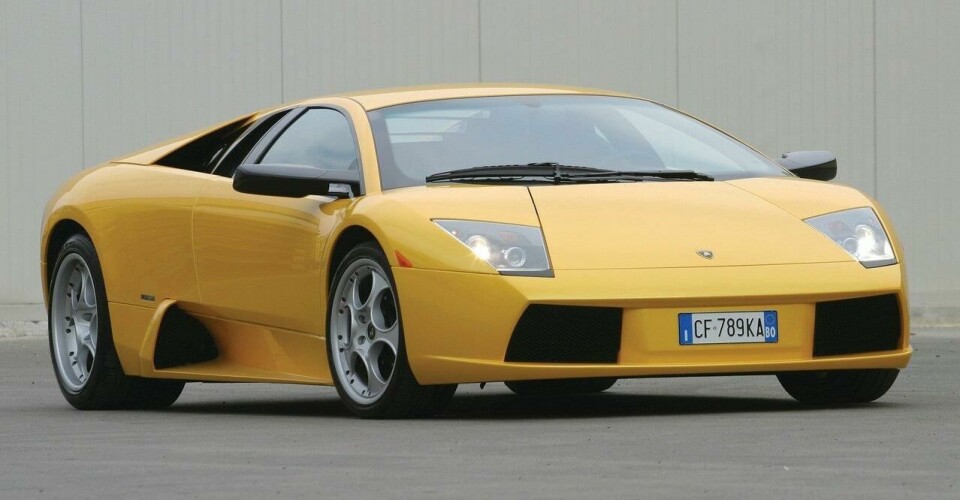
Lamborghini Murciélago Active Vents (2002)
A more restrained, 21st-century Lamborghini hid a little extra madness in its flanks…
If ever there was a car manufacturer did not need to worry about a lack of design theatre, it would be Lamborghini. Ever since the conception of Lamborghini S.P.A on the back of a vendetta against one Mr. Enzo Ferrari, the brand has built nothing but arresting sports and supercars (plus the odd bonkers SUV). When it came time to replace the Chrysler-funded Diablo after a period of financial issues, the now Audi-backed Italian marque released the Murciélago, a contemporary, some might say Germanic, take on the notion of a V12 Lamborghini.

Based on the same (archaic) chassis, Lamborghini, along with its newly appointed design chief Luc Donckerwolke, preceded to try and bring Lamborghini into the 21st century with a design that was both minimalist and somehow understated.
It goes without saying that the Murciélago could never be called anonymous, the mid-engined layout prevented that, but it was free of all the wings, scoops and addenda that became a symbol of Lamborghinis after the Countach’s extreme makeover post LP400.

What Donckerwolke and the team at Lamborghini did was allow the Murciélago’s clean lines and razor sharp surfacing to do the talking – that is until the Murciélago’s V12 engine needed a bit of a breather. Despite using the latest, 6.2-litre development of the Miura engine, Lamborghini was able to mostly remove the need for large side intakes punctuating the cars flanks.
However, when the engine got hot, or required increased airflow, two massive intakes which usually sit flush behind the DLO would rise up to let the car breathe deeper. Aside from the technical benefits, the side intakes gave the Murciélago a far more aggressive stance when opened, replacing some of the aggression that punters missed from the Diablo and Countach.

The real beauty in Lamborghini’s execution of the Murciélago’s moving intakes was how they so seamlessly integrated into the overall design. Donckerwolke played to the strengths of his overall design vision, and pulled it off by playing with the Murciélago’s longitudinal silhouette to wondrous effect. Although it was not the first road car to feature active aerodynamics (that was the McLaren F1), it did arguably bring it to the forefront of design.

(image credit, BBC TopGear)
Lamborghini’s subsequent design language has somewhat returned to the complex bodywork additions that defined the brands previous models, but Donckerwolke’s legacy remains in Lamborghini’s surfacing and overall aesthetic.



